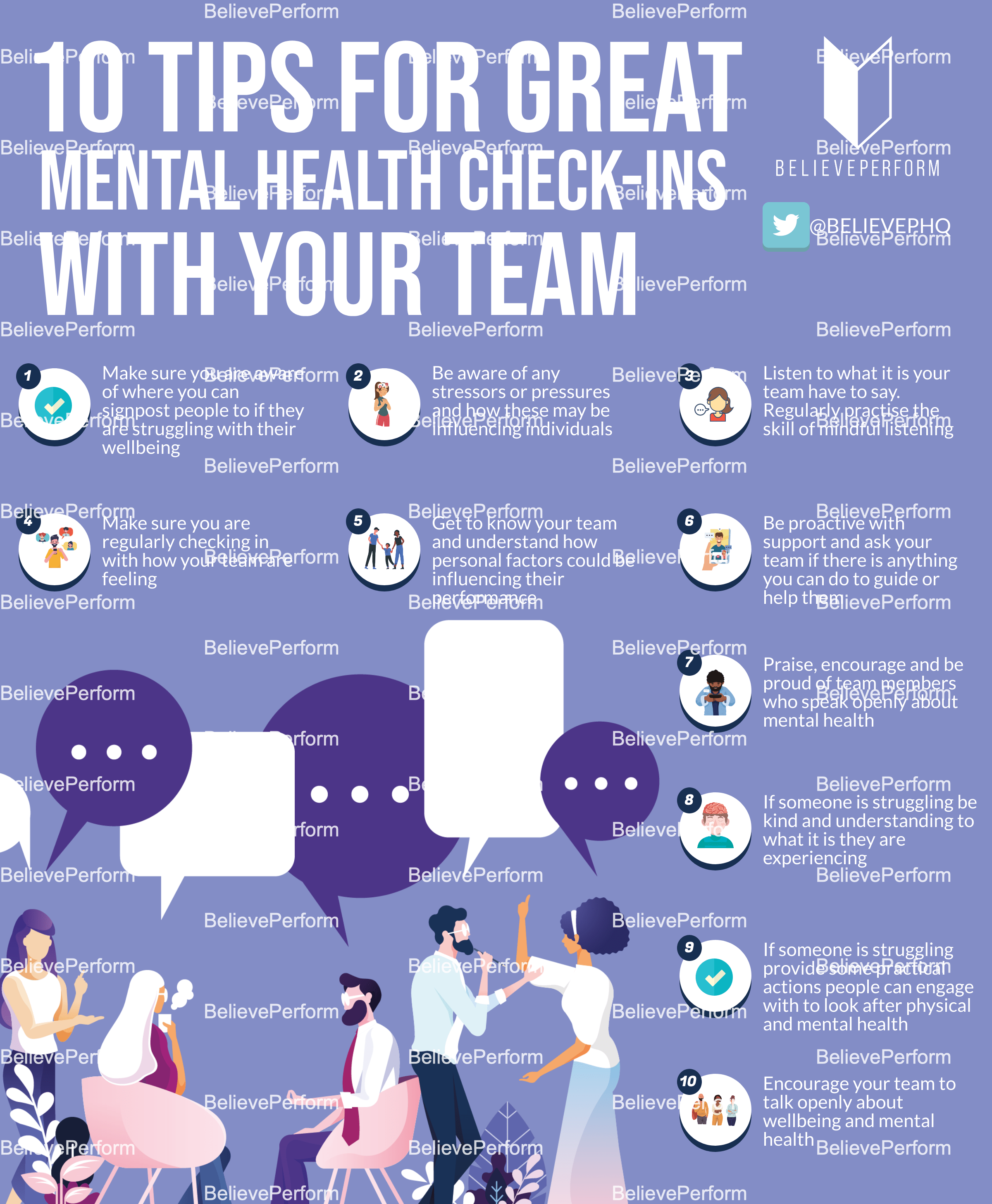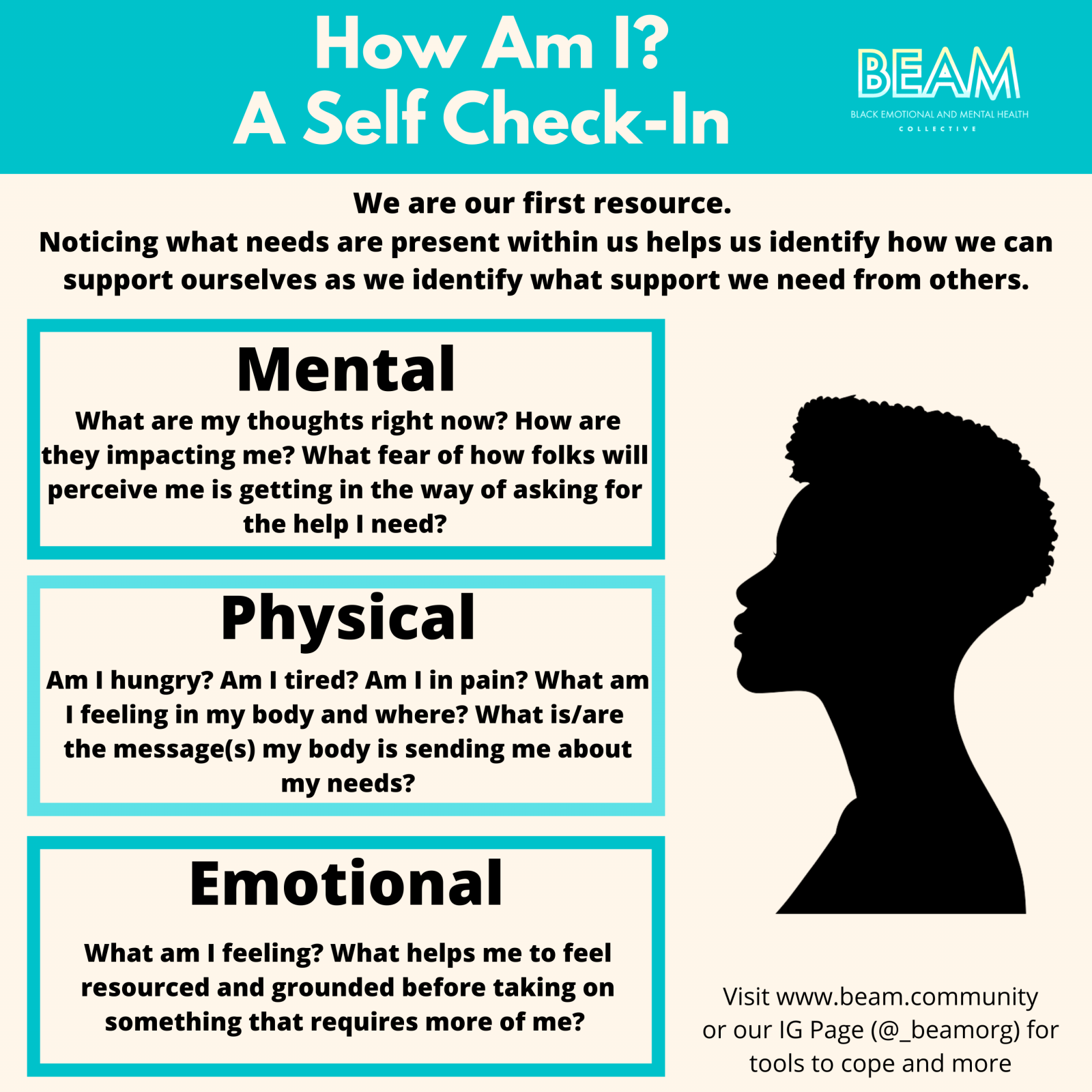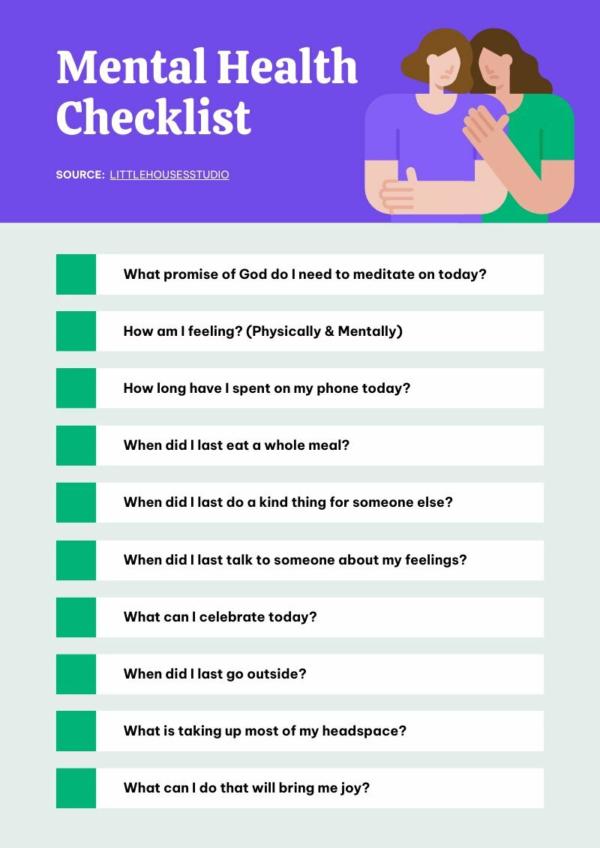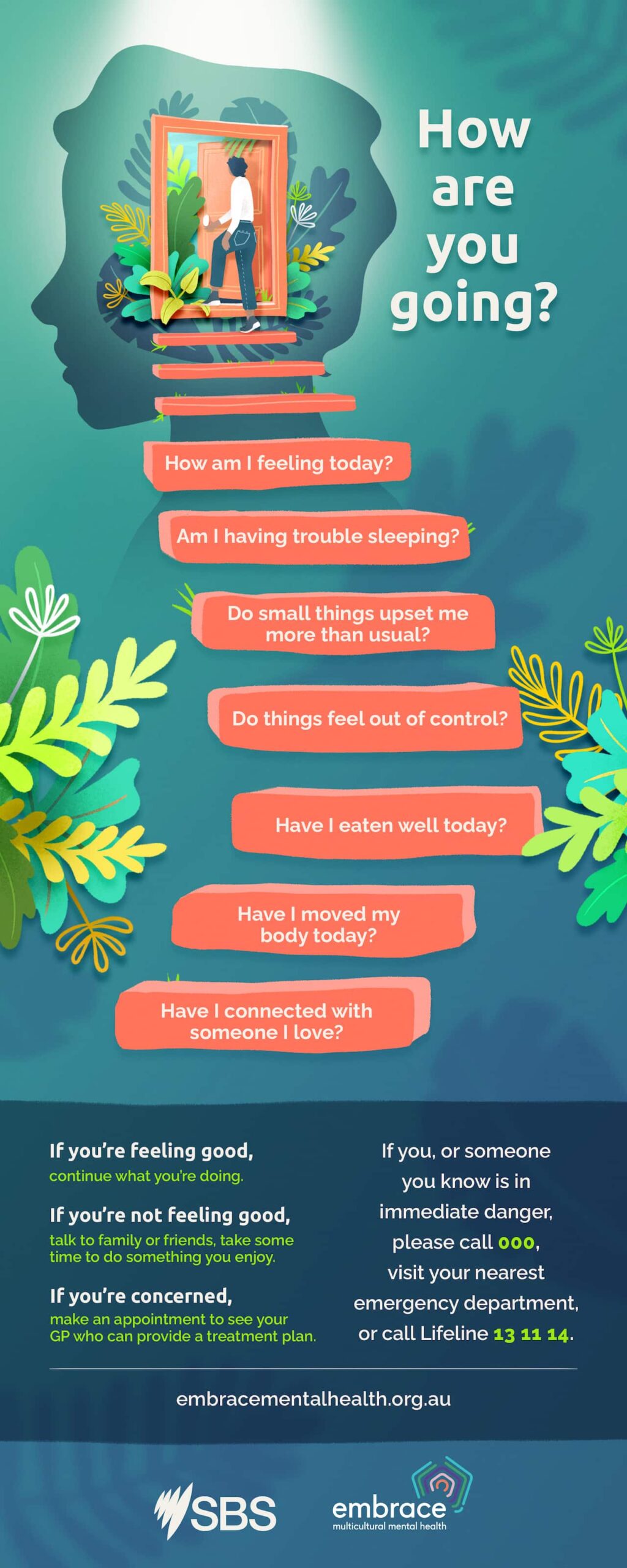Have you ever thought about how often you take a moment to check in on your own Mental Health?
The Importance of Mental Health Check-Ins
Mental health check-ins are essential for maintaining overall well-being. Life can be overwhelming, and it’s easy to get caught up in daily responsibilities, neglecting your mind in the process. By taking a moment to pause and assess your feelings, you can better navigate your emotional landscape and make healthier choices.
What Are Mental Health Check-Ins?
Mental health check-ins are simple, yet powerful tools that encourage you to reflect on your emotional state. They can take various forms, from journaling about your day to sitting quietly and asking yourself how you feel. This practice allows you to acknowledge both the positive and negative aspects of your mental health journey.
Why Should You Do Mental Health Check-Ins?
Engaging in regular mental health check-ins helps foster a deeper understanding of yourself. This self-awareness allows you to identify patterns in your emotions and behaviors. Here’s why they matter:
- Self-Awareness: Check-ins encourage you to tune into your feelings, thoughts, and overall state of mental health.
- Stress Management: They help you identify stressors early, allowing you to address them before they escalate.
- Improved Decision-Making: When you understand your emotions, you can make better choices that align with your values and well-being.
The Benefits of Regular Check-Ins
You might be wondering about the specific benefits of scheduling regular mental health check-ins. Let’s break it down further into tangible advantages, some of which may surprise you.
Emotional Regulation
When you regularly check in with yourself, you improve your emotional regulation skills. This means you become more adept at managing your responses to various situations, reducing the likelihood of emotional outbursts or shutdowns.
How It Works
| Action | Result |
|---|---|
| Identify feelings | Recognize triggers |
| Reflect on responses | Develop healthy coping strategies |
Understanding how your emotions affect your actions allows you to respond more effectively and compassionately to yourself and others.
Better Relationships
By being aware of your mental state, you not only benefit personally but also in your relationships. When you prioritize your mental health, you’re in a better position to communicate openly and empathetically with others.
Building Connections
| Emotional Literacy | Result |
|---|---|
| Honesty about feelings | Closer relationships |
| Understanding others’ emotions | Stronger bonds |
You may find that by practicing self-awareness, you’re able to offer support to friends and loved ones who might be struggling as well.

This image is property of members.believeperform.com.
How to Conduct a Mental Health Check-In
You might be curious about the best way to conduct a mental health check-in. The steps are simple, but they can yield profound insights into your emotional world.
Step 1: Find a Quiet Space
Choose a comfortable and quiet spot where you won’t be disturbed for a few minutes. This could be your favorite chair, a cozy corner of your home, or even a quiet park bench.
Step 2: Set a Timer
Decide how long you want to spend on your check-in. Setting a timer for 5-10 minutes can create a focused atmosphere, providing structure to your session.
Step 3: Reflect on Your Feelings
Take a moment to breathe deeply, slowing down your thoughts. Ask yourself a few guiding questions:
- What emotions am I feeling right now?
- Are there any particular thoughts that are recurring?
- How did I react to situations this week?
Step 4: Write It Down
Journaling can be incredibly powerful. Write down your thoughts and feelings, allowing yourself to express whatever comes to mind. Documenting your emotions helps clarify your thoughts and can be a source of insight later on.
Step 5: Review and Adjust
Periodically reviewing your journal entries can help uncover patterns in your mental health journey. You might find that certain emotions are triggered by specific events or people, allowing you to prepare for similar situations in the future.
Mental Health Check-In Techniques
It may be helpful to have a few techniques in your toolbox. Here are some methods you can incorporate into your routine.
Journaling
Writing is a therapeutic practice. It doesn’t need to be perfect; it simply needs to be honest. Engage in free writing where you spill all your thoughts onto the page.
Mindfulness Meditation
Practicing mindfulness can help you observe your thoughts and emotions without judgment. Even a few minutes of focused breathing can help calm your mind and enhance your check-in experience.
Benefits of Mindfulness
| Benefit | Description |
|---|---|
| Reduced anxiety | Helps you stay present |
| Improved focus | Increases your awareness of emotions |
Talking It Out
Sometimes, you might find it helpful to talk through your feelings with a trusted friend or therapist. They can offer a new perspective while providing support and understanding.

This image is property of beam.community.
Mental Health Check-Ins and Workplace Wellbeing
You might not immediately associate mental health check-ins with the workplace. However, fostering a culture of mental well-being in your professional environment can lead to enhanced productivity and job satisfaction.
The Impact of Workplace Mental Health
When employees engage in check-ins about their mental health, it can lead to numerous benefits:
- Reduced Burnout: Regular mental health check-ins can help employees recognize when they need a break, mitigating feelings of exhaustion.
- Enhanced Communication: Open dialogues about mental health can foster stronger connections among colleagues.
- Increased Productivity: A mentally healthy workforce is often more engaged and productive.
Implementing Check-Ins in the Workplace
Consider suggesting workplace initiatives that promote mental health check-ins:
- Team Meetings: Begin meetings with a few minutes for everyone to share how they’re feeling.
- Wellness Programs: Advocate for programs that focus on mental well-being and facilitate check-ins.
- Feedback Loops: Create a system for employees to express their feelings and thoughts about their workload and responsibilities.
Overcoming Challenges When Checking In
Engaging in mental health check-ins can be difficult at times, especially if you’re not used to being vulnerable with yourself. Here are some challenges you might face, along with ways to address them.
Resistance to Self-Reflection
You might feel uncomfortable or averse to self-reflection. Remember, discomfort is often where growth happens. Begin by acknowledging your feelings without judgment.
Fear of Negative Emotions
It’s perfectly normal to be apprehensive about feeling sad or anxious during check-ins. Allowing yourself to experience these emotions is an essential step in managing them effectively.
Coping Strategies
| Challenge | Strategy |
|---|---|
| Self-reflection resistance | Start with short sessions |
| Fear of negativity | Focus on positive aspects as well |
By gradually increasing your comfort level with emotions, you may find that check-ins become a more constructive and rewarding practice.

This image is property of piktochart.com.
When to Seek Professional Help
Sometimes, self-check-ins may not be enough, and that’s completely okay. If you find that your feelings become overwhelming or unmanageable, it could be time to seek professional help.
Signs It’s Time to Seek Help
- Persistent feelings of sadness or anxiety
- Difficulty functioning in daily life
- Experiences of mood swings or emotional instability
How Counseling Can Enhance Your Journey
A mental health professional can provide support and strategies tailored to your particular emotional needs. Therapy can enhance your check-in practice by offering insight and guidance as you navigate complex feelings.
What to Expect from Therapy
| Aspect | Description |
|---|---|
| Safe Space | Confidential, non-judgmental environment to discuss your feelings |
| Coping Strategies | Techniques to effectively manage your emotions |
| Goal Setting | Help in establishing personal mental health goals |
Having a professional to turn to can be reassuring, giving you the tools necessary to continue prioritizing your mental well-being.
Encouraging Mental Health Check-Ins in Others
If you’ve found value in mental health check-ins, you might want to encourage those around you to adopt a similar practice. Here are some thoughtful approaches to introduce the idea to friends or family members.
Lead by Example
Share your experiences and the benefits you’ve gained from your check-in practices. Authenticity can inspire others to explore their mental health in a similar way.
Create a Supportive Environment
Foster open discussions about emotions and mental health within your circles. Encourage open sharing and normalize check-ins as a part of daily life.
Make it Fun
Consider turning check-ins into engaging activities. This could be as simple as starting conversations during a coffee break or creating group journal prompts that everyone can respond to.

This image is property of images.sbs.com.au.
The Journey Ahead
As you embark on your journey of mental health check-ins, keep in mind that self-awareness and emotional intelligence take time to develop. Be patient with yourself and embrace the process. You’re not just checking in with your feelings; you’re also laying the foundation for a healthier, happier life.
Embracing Mental Health Check-Ins as a Lifelong Practice
This practice isn’t merely a fleeting trend; it can evolve into a lifetime commitment to self-care and emotional understanding. You’ll likely find that your relationship with yourself flourishes as you prioritize these moments of reflection.
The Takeaway
Remember that mental health check-ins are a vital component of well-being. By being attentive to your emotions, you empower yourself to create a positive internal landscape, leading to better decision-making and improved relationships.
So, as you move forward, how will you integrate mental health check-ins into your routine? The answers may surprise you, liberating you on an emotional level you never thought possible.